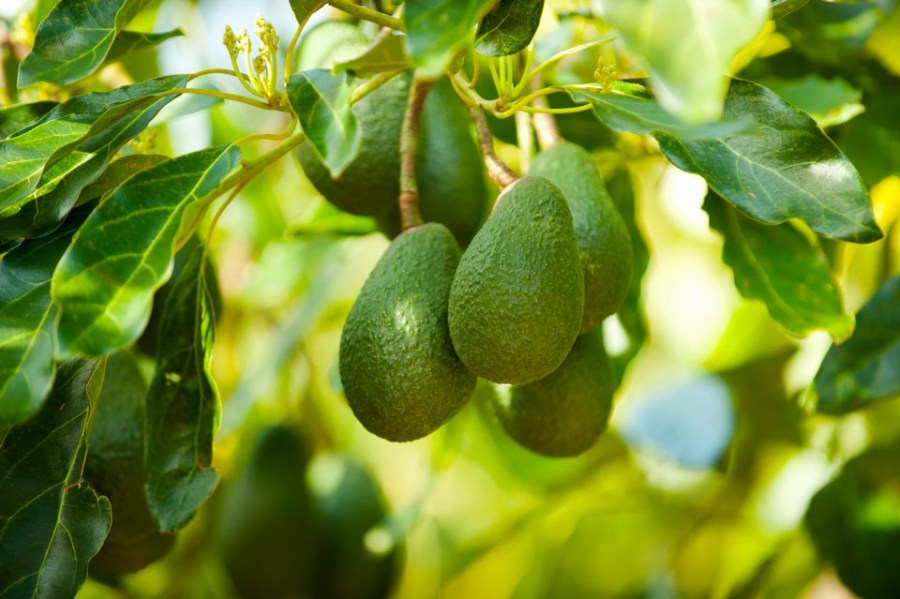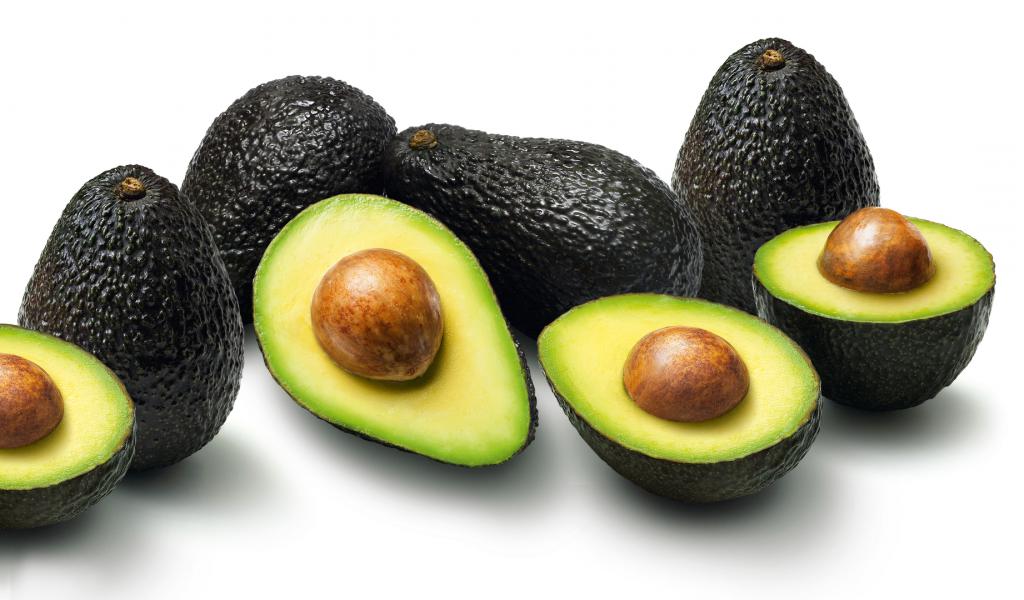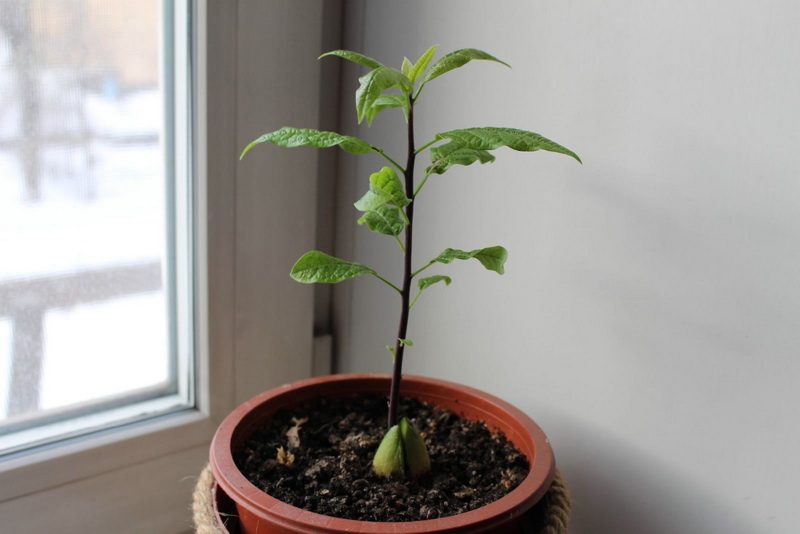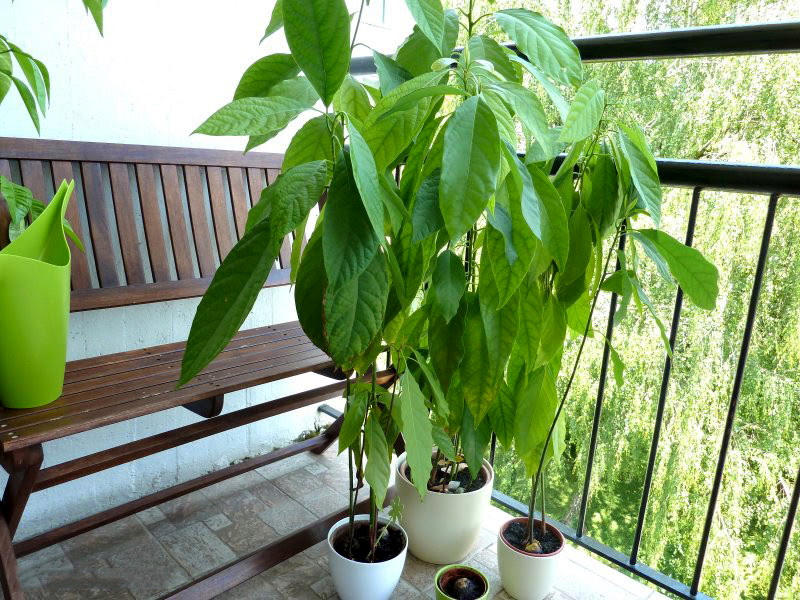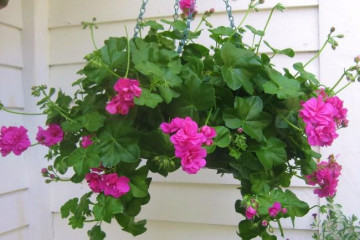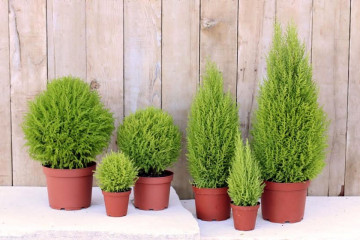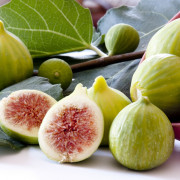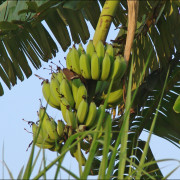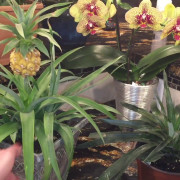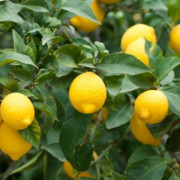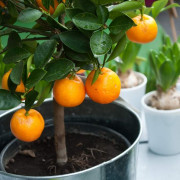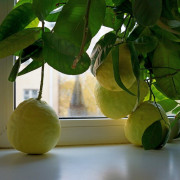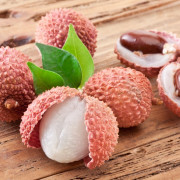How to care for an avocado - a plant at home
Content:
- What does an avocado look like, which family does it belong to?
- Common varieties
- Avocado nutritional value and medicinal properties
- Briefly about the history of appearance as a house plant
- Features of caring for an avocado at home
- How to care for an avocado at home
- Features of care in winter, dormant period of avocado
- When and how it blooms
- Pruning and pinching
- How to propagate an avocado
- Transplanting an avocado at home
- Potential problems in growing avocados
The first thing to know about avocado for those who are still tormented by the question is the fruit. Avocado is a plant that rarely bears fruit at home. The fruit is grown from the seed, it feels great at home, if you provide proper care. When choosing a fruit to get a stone, it is better to give preference to the Hass variety. This type of avocado was grown by Rudolf Hass, who adapted the plant for home care. In addition, Hass avocado has a pleasant nutty flavor, slightly sweeter than other varieties.
What does an avocado look like, which family does it belong to?
Avocado came to us from the coast of North and South America. The very name of the fruit comes from the word that the Aztecs called it - ahuacate. It translates as "testicle", because at the moment of its ripening on the tree, the fruit resembles it.
The tree has many trunks, is small, looks more like a bush. In order for the plant to grow well, it is advisable to plant 2 seeds next to it. As they grow, they intertwine with branches and hold each other. The leaves are elongated, leathery, with a glossy surface and a sharp tip. The avocado tree blooms with small greenish-yellow flowers that cluster at the end of the branch.
The fruit is oblong in shape, similar to a green egg. The peel is ribbed, hard, often thick. Inside is oily pulp, yellow-green in color. In the heart of the fruit, there is a large, round, solid brown stone, similar to a nut. The fruit tastes light, sour.
Common varieties
In your nearest supermarket, you can find the following varieties of avocados for growing:
- Avocado Bacon. Mexican variety, it is distinguished by a thin, bright green skin with a yellow tint, the flesh is whitish-yellow in color, the stone is large. The fruit itself is medium in size.
- Avocado Hass. The skin is dark green, sometimes reaching purplish black. The pulp is greenish, the taste is rich. Retains ripeness for a long time.
- Avocado Gwen. Almost round in shape, weighs from 180 to 450g. The stone is not large, the pulp is yellow-green in color, the taste is rich, soft. The skin is pimply, in ripe fruits of a rich green color.
- Avocado Fuerte. Smooth-skinned variety, elongated. The pulp is oily, greasy, pale yellow in color or brighter, depending on the place of cultivation.
- Avocado Ettinger. It has a pleasant taste, the pulp resembles processed cheese, sometimes with hints of pine nuts. The bone is large, the skin is thin, prone to damage.
Avocado nutritional value and medicinal properties
The composition of ripe fruits is filled with various useful microelements:
- Vegetable fats occupy 30% of the composition. This is the main property of avocado, for which it is loved by adherents of proper nutrition. Fats nourish the body, improve the condition of nails, hair and bones.
- Cellulose. Promotes stable digestion. Cleanses the body, removes toxins and toxins.
- Vitamin E. Its second name is the vitamin of beauty. Stabilizes the skin condition, renews cells, strengthens the walls of blood vessels. Increases the production of collagen and elastin, the complexion becomes pleasant.
- Vitamin C. Strengthens the immune system, is used as a prophylaxis for colds, flu, tonsillitis.
- Vitamins of group B. In particular, the avocado fruit is saturated with vitamin B6, which helps to maintain the cardiovascular activity of the body and cleanse blood cells.
- Folic acid. A unique substance to support the nervous system. Especially necessary during the period of bearing a child.
- Vitamin K. Cleans the urinary tract, dissolves solid neoplasms in the kidneys.
- Copper and Potassium. It is useful for maintaining muscle mass, saturates the body with protein. Potassium has a prophylactic effect on heart disease, restores the work of the myocardium.
Briefly about the history of appearance as a house plant
Avocado has been popular for several hundred years, it was just brought to our continent relatively recently. The homeland of this fruit is Mexico and Central America. The Indians, even before the conquest of America, appreciated its unique healing properties and nutritional power. And since in Europe, and in Russia in particular, the culture of growing avocados has not yet been developed, amateur gardeners have adapted to plant a plant at home.
Features of caring for an avocado at home
The most prominent seeds are selected for planting, they are filled with vital energy and germinate better. First of all, the bone is soaked in clean boiled water of medium temperature. It is not necessary to fill it completely.
To make the plant germinate faster, you can make several small holes with a diameter of up to 3 mm in the shell, for example, with a needle, and place toothpicks in them, with their help, fixing the bone in the air. Or, for the same purposes, use stones that detain the planting material at a distance of 1-2 cm from the bottom of the container.
For the intensity of growth, charcoal (as an option, activated) carbon is dissolved, but this is not necessary. Spring is the best time to plant. The first shoot will appear in a period from a week to 2 months.
The seed is planted in the ground when the sprout reaches 3 cm in height. For the first few months, it is enough to have a small pot, the bottom of which must be drained to the width of a couple of fingers. Avocados don't like standing water near their roots.
How to care for an avocado at home
Avocado is a tree that requires special care at home. He needs to create a suitable temperature regime, provide high-quality lighting, watering and feeding.
Temperature
The plant is used to bearing fruit in hot climates, so the air in the room where it stands should not be lower than +16 ° C. In summer, it is optimal + 22 + 28, in winter + 18 + 20 ° C. Avocados are afraid of hypothermia, they may begin to shed their leaves.
Lighting
A pot with a seed and a sprout is placed on the warmest windowsill in the house. If there is none, then artificial lighting can be created using ultraviolet lamps. Avocados require a light period of at least 15 hours.
Watering
The soil in the pot should be moist. No need to breed dampness, avocado does not like this.In summer, drying of the top layer of the soil is permissible, however, if you probe the substrate to the depth of the phalanx of your finger, then the ground there should be wet. Drainage even saves the roots from moisture overload.
Spraying
If you spray the plant, then unaesthetic spots appear on the leaves, so it is better to do without this procedure.
Priming
The ground for avocados should be airy, water and nutrient permeable, you need to take care of the best choice. An excellent primer for citrus fruits. As well as a homemade mixture of peat, sand, leaf and sod land.
Top dressing
Taking care of the plant means feeding during the period of active growth of flowers - from March to September. It is enough to use ready-made nutritional mixtures for citrus plants once a month.
Features of care in winter, dormant period of avocado
In winter, the plant needs watering 2 times less often than in summer. There comes a break in growth activity, the avocado houseplant does not produce fruits and flowers during this period. The tree will not need feeding either. It is enough to follow the moderation of lighting.
When and how it blooms
Avocado blooms quite rarely, even in natural conditions. At home, you can see the first nondescript flowers 5-7 years after planting the seed. It is possible to provoke flowering earlier, for this you need to graft the plant. For those who are lucky and the avocado has bloomed, in order to obtain fruits, pollination will have to be carried out independently with the help of a brush.
If the plant has bloomed, it usually happens in the spring or early summer.
Types of flowers
In avocados, flowers are collected in tassels at the ends of a branch. The flowers are white-green or yellowish. Blooming avocado has small petals, clustered in inflorescences towards the end of the branch.
How it bears fruit at home
In the vast majority of cases, the avocado tree does not produce fruits at home. There is a small percentage of the likelihood that it will be possible to grow fruits that will ripen to an edible state if vaccinated. A thin tree with a beautiful lush crown is used for decorative purposes.
Pruning and pinching
To prevent a long stick from growing at home instead of a beautiful tree, you need to pinch the avocado. Shoots are torn off from the top and the branches of the main trunk are cut off. As a result, the plant will sprout horizontally and form a beautiful crown of leaves. The first time the procedure is carried out when 8 leaves grow on the bush. New shoots can be pinched off if there are at least 5 leaves.
How to propagate an avocado
There are several traditional ways to propagate avocados: cuttings, from seeds, and others.
Germinating seeds
Avocado trees rarely bear fruit, and if you are lucky, you can use a seed from a new fruit for propagation.
Rooting cuttings
Cuttings rarely give roots, it happens only with one out of 10. Adult plants, 2-3 years old, can be used for the procedure.
other methods
The seed can be germinated in the following ways:
- by 2/3 lowering it into the water;
- 2/3 burying it in the ground and watering it well;
- put in wet cotton wool or a rag, wait until the shell cracks, and then place it in the ground.
Transplanting an avocado at home
Avocado grows very quickly. The root of the plant is powerful and takes up a lot of potting space. The plant will need to be repotted frequently, especially for the first 2 years, using a larger pot each time.
It is inconvenient to transplant the plant, the root cannot be damaged. Therefore, it is carefully transferred from one pot to another. And sprinkle on top with an additional layer of earth and humus.
Potential problems in growing avocados
What leaf problems signalize:
- The leaves have fallen off. Most likely, hypothermia of the plant occurred. Check the air temperature and do not water the tree with cold water.
- The tips of the leaves dry out. This is from the heat, you need to moisten the plant more often.
- The leaves turned pale. There is not enough sunlight or the soil is poorly fertilized and vitamins are needed.
Diseases
Sometimes a mealy bloom appears on the leaves of the avocado. It means that a fungus has started, and the leaves are covered with dew interspersed. It is treated with fungicides (Bordeaux mixture, copper chloride).
Pests
From the scale insect, the plant is treated with an insecticide. You can add it to the soil or sprinkle on the leaves.
When a spider mite appears, not only the avocado is subject to processing, but also everything that is next to it. Use acaricides for these purposes.
Other problems
A common problem with this plant is late blight, or rather, a fungus that attacks the root. In addition to the death of roots, the trunk of the plant is also affected. If this happened, then, unfortunately, it cannot be restored.
Perhaps the information that it is pointless to expect fruits from avocados at home has disappointed someone. But pay attention to how beautiful trees grow from seeds. They will decorate any room and enrich the air with ozone.
